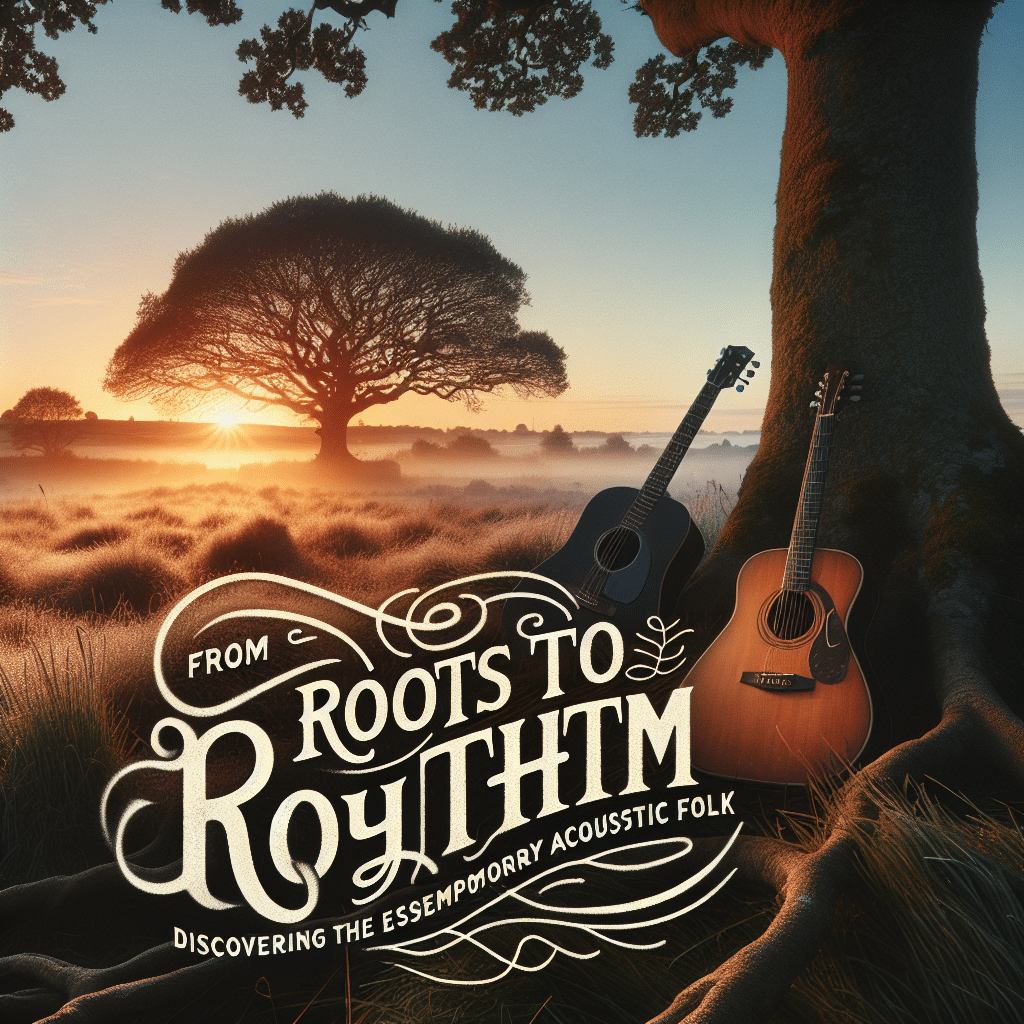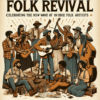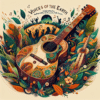From Roots to Rhythm: Discovering the Essence of Contemporary Acoustic Folk

Introduction
Contemporary acoustic folk music serves as a bridge between the traditional sounds that can be traced back through generations and the innovative rhythms and themes of today's society. This genre encapsulates a rich tapestry of history, culture, and personal storytelling, connecting audiences to the essence of human experience. In this article, we explore the origins of acoustic folk, its evolution into contemporary forms, the impact of technology, and its relevance in today's world.
The Roots of Folk Music
Folk music, in its traditional form, often encapsulated the stories and struggles of everyday life, handed down through oral traditions across various cultures. Characterized by simple instrumentation—typically the guitar, banjo, fiddle, or mandolin—folk music thrived in rural communities and often accompanied communal events, celebrations, and storytelling sessions.
The structures of traditional folk songs frequently include narrative forms, repetitive verses, and catchy choruses that were easy to remember. This accessibility allowed the genre to transcend social and economic boundaries. Over time, folk music began to evolve, influenced by political contexts, technological advancements, and the globalization of music.
The Evolution of Acoustic Folk
As the 20th century rolled in, the folk revival of the 1940s, 50s, and 60s brought the music back into the limelight. Artists like Woody Guthrie and Pete Seeger championed the genre, using music as a tool for social change. This period witnessed a blending of cultural influences as traditional folk merged with blues, jazz, and rock elements.
The mid-20th century saw a significant shift when the likes of Bob Dylan and Joan Baez began to incorporate more personal themes and complex narratives into their music. This marked a shift away from the communal, often political narratives of earlier folk traditions, leading to a more introspective and individualistic approach. Thus, contemporary acoustic folk emerged, pulling from its rich roots but evolving into a genre that reflects modern life and individual experience.
See Also: Folk Revival: Celebrating the New Wave of Indie Folk Artists
Folk Revival: Celebrating the New Wave of Indie Folk ArtistsCharacteristics of Contemporary Acoustic Folk
Instrumentation
One of the defining features of contemporary acoustic folk is its instrumentation. While the classic acoustic guitar remains a staple, artists today often experiment with diverse musical elements. Instruments like the ukulele, harmonica, and even electronic influences are now commonplace. The use of varied timbres and textures enables artists to create unique soundscapes that resonate with broader audiences.
Lyrics and Themes
Contemporary acoustic folk songs tend to explore a wide array of themes from deep personal narratives to universal struggles. Issues such as mental health, societal norms, environmental concerns, and personal identity are prevalent. The blend of introspective lyrics with often upbeat melodies captures the essence of the human experience in a modern context.
Performance Style
Today’s acoustic folk artists frequently incorporate dynamic performance styles that blur the lines between genres. Live performances are often intimate, inviting audience participation through sing-alongs or storytelling. This interactive aspect harkens back to folk’s communal roots while also catering to the modern listener's desire for connection.
Impact of Technology on Acoustic Folk
The digital age has brought about significant changes to how music is produced, distributed, and consumed. Streaming platforms have made folk music more accessible than ever, allowing independent artists to reach a global audience without the backing of major record labels. Social media has also created new avenues for engagement, enabling artists to foster communities around their music.
See Also: Harmony in the Hills: A Guide to the Best Folk Music Festivals of 2023
Harmony in the Hills: A Guide to the Best Folk Music Festivals of 2023However, the technological shift presents both opportunities and challenges. While it allows for greater exposure, the saturation of the music market means that artists must constantly innovate and find unique ways to stand out. Many independent folk musicians are now using crowdfunding platforms and merchandise sales to sustain their artistic endeavors while cultivating dedicated fan bases.
The Role of Contemporary Acoustic Folk in Society
Contemporary acoustic folk serves as a powerful medium for self-expression and social commentary. Artists often bring attention to pressing social issues, creating a sense of awareness and community among listeners. The genre can promote healing, understanding, and connection, fostering a sense of solidarity in an increasingly fragmented world.
Furthermore, as mental health awareness rises, folk music has become a form of therapy for both artists and listeners alike. The storytelling aspect of folk allows individuals to share their experiences, fostering deeper connections and conversations around vulnerability and authenticity.
Conclusion
From its traditional roots to its contemporary expressions, acoustic folk music remains a vital part of the cultural landscape. The genre not only honors the past but also evolves to reflect current societal issues and personal narratives. Artists continue to push boundaries, incorporating new sounds and technologies while keeping the spirit of folk alive.
“From Roots to Rhythm” highlights the significance of acoustic folk as more than just music; it is a vessel for storytelling, healing, and connection. As we navigate an ever-changing world, the essence of contemporary acoustic folk offers a soundscape where past and present intermingle, reminding us of the power of shared experiences and the timeless nature of music.
See Also: Voices of the Earth: Celebrating the Authenticity of Acoustic Folk Artists
Voices of the Earth: Celebrating the Authenticity of Acoustic Folk ArtistsFAQs
What is contemporary acoustic folk music?
Contemporary acoustic folk music is a modern iteration of traditional folk music characterized by the use of acoustic instruments, introspective lyrics, and a blending of various musical styles and themes.
How does contemporary acoustic folk differ from traditional folk?
While traditional folk music often centers on communal storytelling and cultural narratives, contemporary acoustic folk incorporates personal themes, diverse instrumentation, and innovative performance styles, reflecting modern society.
Who are some prominent contemporary acoustic folk artists?
Some notable contemporary acoustic folk artists include Iron & Wine, Sufjan Stevens, Laura Marling, and The Lumineers. These artists combine traditional elements with modern influences to create unique sounds.
What role does technology play in contemporary acoustic folk?
Technology has transformed how contemporary acoustic folk is produced and consumed. Streaming services and social media allow artists to reach wider audiences, while also challenging them to continually innovate in a saturated market.
See Also: Strumming Stories: The Heartfelt Journeys of Today’s Acoustic Folk Artists
Strumming Stories: The Heartfelt Journeys of Today’s Acoustic Folk ArtistsWhy is acoustic folk music relevant today?
Acoustic folk music addresses relatable themes such as mental health, identity, and social issues, creating a sense of community and connection among listeners. Its adaptability ensures that it remains an important form of expression in contemporary society.
If you want to know other articles similar to From Roots to Rhythm: Discovering the Essence of Contemporary Acoustic Folk you can visit the category Folk.
